Albert C. Richardson of South Frankfort, Mich., was a prolific inventor, creating useful tools and inventions at the tail end of the 19th century that displayed his talent at crafting devices used across a variety of arenas. Although he was known for creating the butter churn in 1891, Richardson would patent a device (pictured) that would aid grave keepers in lowering caskets in to the ground on this day in 1894.
According to the BlackInventor, Richardson observed how cemetery workers would bury the dead in shallow graves or use a crude technique of lowering a casket into a deeper hole. The work required the hands of many, and often the workers would drop the casket and damage it.
To solve the problem, Richardson’s system consisted of a series of pulleys, ropes, or cloths that offered a balance descent for the lowering of the casket.
Here is the description of the device from Richardson’s patent filing:
My invention relates to improvements in casket-lowering devices; and the object of my invention is the provision of a simple, durable and inexpensive device adapted to be fitted in the trench or ditch which receives the casket to prevent the dirt from falling from the edges of the ditch and which will lower the casket Without danger of the same falling as is frequently the case with the present manner of lowering caskets and which causes such horror to those who respect the dead.
While much has been written about Richardson’s other inventions, such as the aforementioned butter churn, a hame fastener, and improvements to the bottle, the casket-lowering device has been his most-durable and lasting creation.
The method is still currently used to this day.
Read more of the original post by D.L. Chandler via NewsOne — http://newsone.com/2769720/albert-c-richardson-inventor/

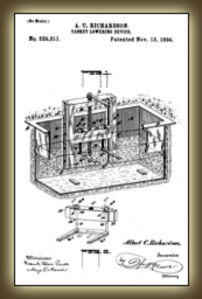





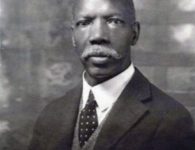

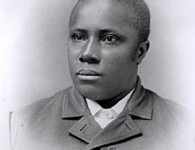
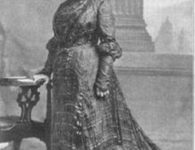




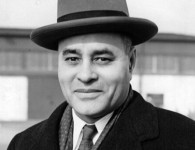
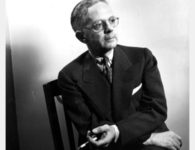

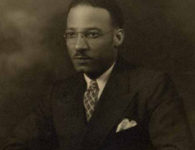
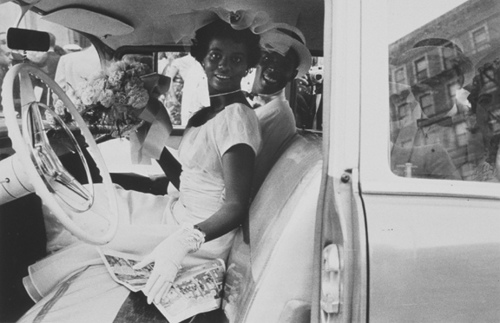

No comments